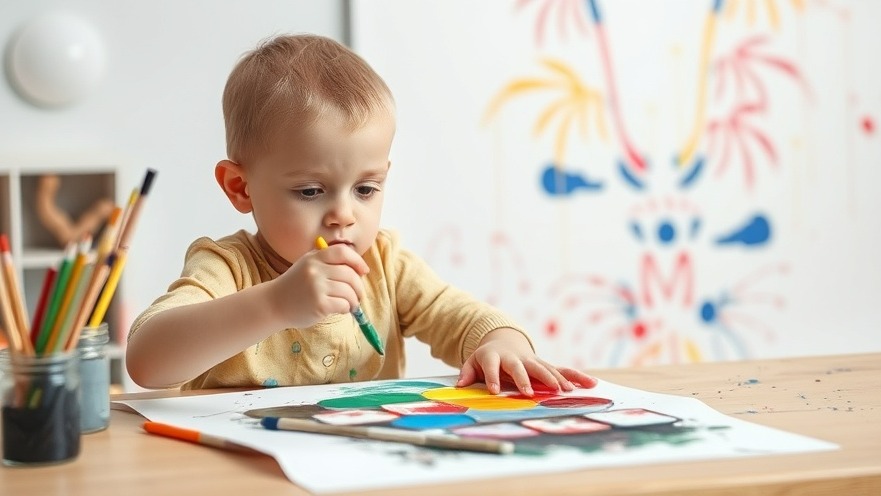
Transforming Food Waste into Paint: A Unique Toolkit for Kids
The Sustainable Art Painting toolkit introduced by Virginia Tech is an innovative approach to tackling the massive problem of food waste, especially in schools. Every year, U.S. schools contribute to an alarming 90 billion pounds of food waste, much of which consists of fruits and vegetables. This initiative not only targets waste reduction but also empowers children to see food scraps as valuable resources for creativity.
How the Toolkit Works: A Step-by-Step Process
The toolkit is designed for ease of use, breaking down the process into three main stages: sorting, extracting, and creating. Initially, kids sort their food scraps into color-coded bins, which correspond to the pigment colors they will eventually produce. This playful interaction with waste helps children visualize the connection between waste and resource.
Once sorted, the scraps are placed in a unique borosilicate glass beaker. Similar to a French press, hot water is poured over the compost to extract natural pigments. This hands-on process allows students to learn about the chemical makeup of their food while being actively engaged in paint-making.
Benefits of Educating Kids on Sustainability
By incorporating lessons on food waste management into art education, students become more aware of sustainability issues. Artists and educators believe that this toolkit will not only cultivate artistic skills but also instill a sense of responsibility towards the environment. This initiative aligns with broader educational trends that emphasize STEM (science, technology, engineering, and mathematics) and environmental education.
Local Engagement: Collaborative Learning in Action
Virginia Tech's project collaborated closely with local elementary and middle schools to co-design the toolkit. This collaborative spirit enriches the learning experience, allowing students to contribute ideas and suggestions, fostering a sense of ownership over their work. Moreover, workshops have been conducted to guide students through the entire process, making the learning experience interactive and comprehensive.
Inspirational Outcomes: Kids' Artwork on Display
One of the highlights of this initiative is its ability to culminate in tangible outcomes. Students’ paintings, made from the waste-derived pigments, have been exhibited, showcasing their creativity while emphasizing the importance of sustainability. This practical application helps in reinforcing the lessons learned and showcases the potential of turning waste into art.
Future Potential: Expanding the Toolkit’s Reach
Envisioning the future, the research team expresses hopes that the toolkit will reach more schools, inspiring creative solutions to sustainability challenges. The blend of design, science, and education in this initiative equips students not only to create art but to be informed citizens actively engaged in the circular economy—transforming waste into resources.
If you're inspired by this innovative approach to education and sustainability, consider how you might implement similar projects in your community. Engaging children in sustainability through hands-on learning can transform their perspectives and foster a generation committed to environmental stewardship.
 Add Row
Add Row  Add
Add 




Write A Comment